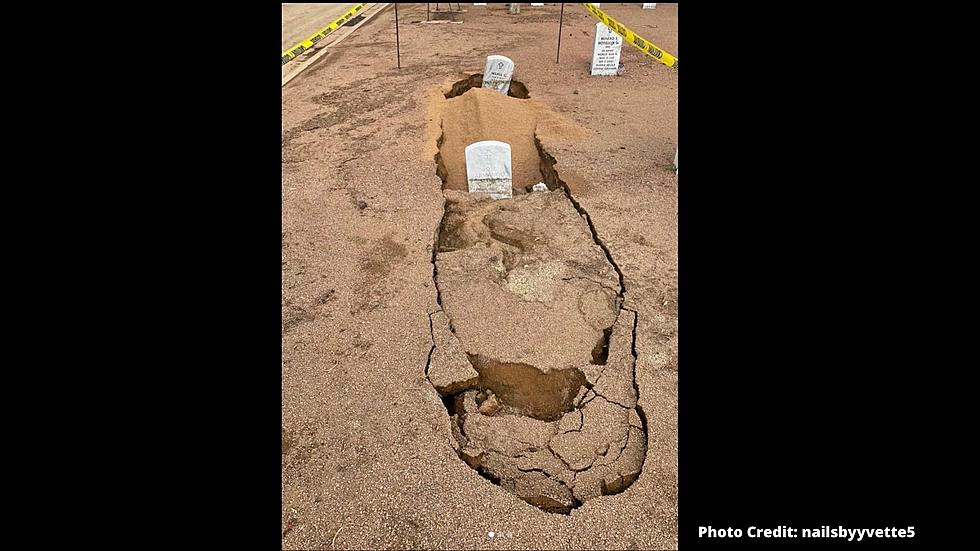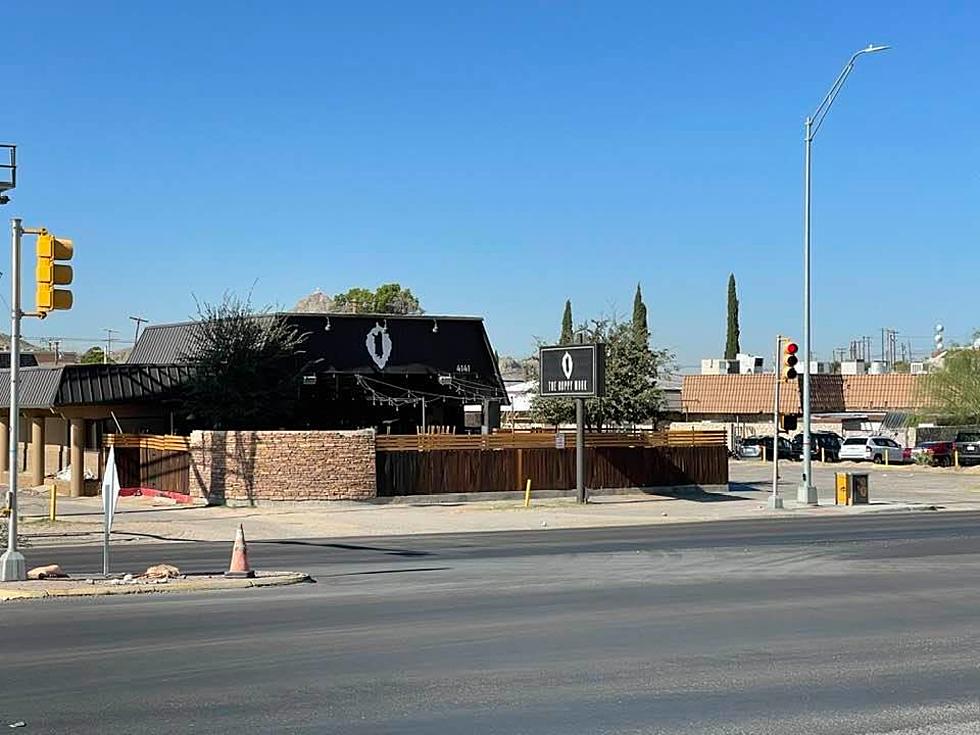
Sad Photos Of Sunken Graves At Fort Bliss Cemetery After The Rains
Fort Bliss National Cemetery is a place of memories, a place of sadness, and a final resting place for those men and women who have served our country and in many cases, paid the ultimate price and died while defending our nation in war. It is also a place that cannot handle the monsoonal rains that we get in El Paso every summer, and this summer more than others. This is the second wettest monsoon season on record and all that water wreaks havoc with the gravesites at Fort Bliss National Cemetery. Every year we hear the stories about graves sinking and headstones being disturbed and this year is no different.
As you can see, large swaths of ground have given way under the weight of the rain that has fallen this summer. The result is ground that seems solid and stable is suddenly shown to be anything but solid and stable. At least two gravesites have been affected in the photo above. And that instability could affect the others around it if more rain falls, which it is forecasted to do this week. This photo shows the entire length of a gravesite sunken in because of the rain.
As in years past, Fort Bliss is aware of the situation at the cemetery. Eight years ago there was a Change.org petition to return grass to the Fort Bliss National Cemetery but there are no plans to do so.
It is a shame that photos like this one have to remind us that the final resting place for so many veterans and war heroes isn't very restful at times. Hopefully, Fort Bliss will figure out how to prevent this in the future so that families of those buried at Fort Bliss National Cemetery can stop being subjected to sad photos like these.
LOOK: The most expensive weather and climate disasters in recent decades
More From 600 ESPN El Paso
![This is Not A Balloon That’s About to Be Launched in Dallas, Tx [VIDEO]](http://townsquare.media/site/34/files/2023/03/attachment-Screen-Shot-2023-03-02-at-4.35.55-PM.jpg?w=980&q=75)








